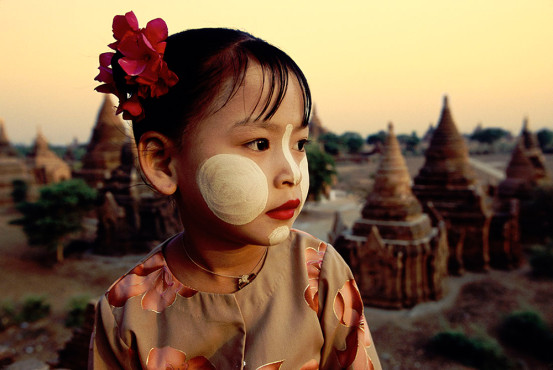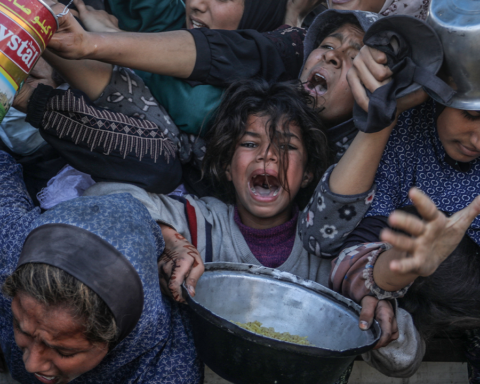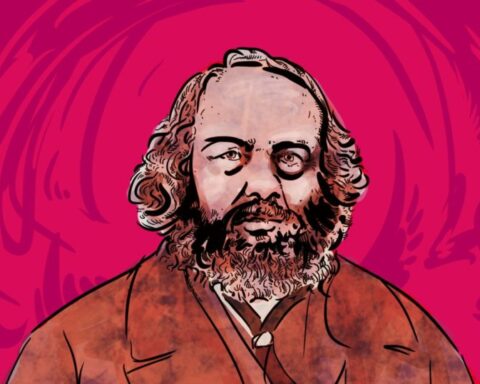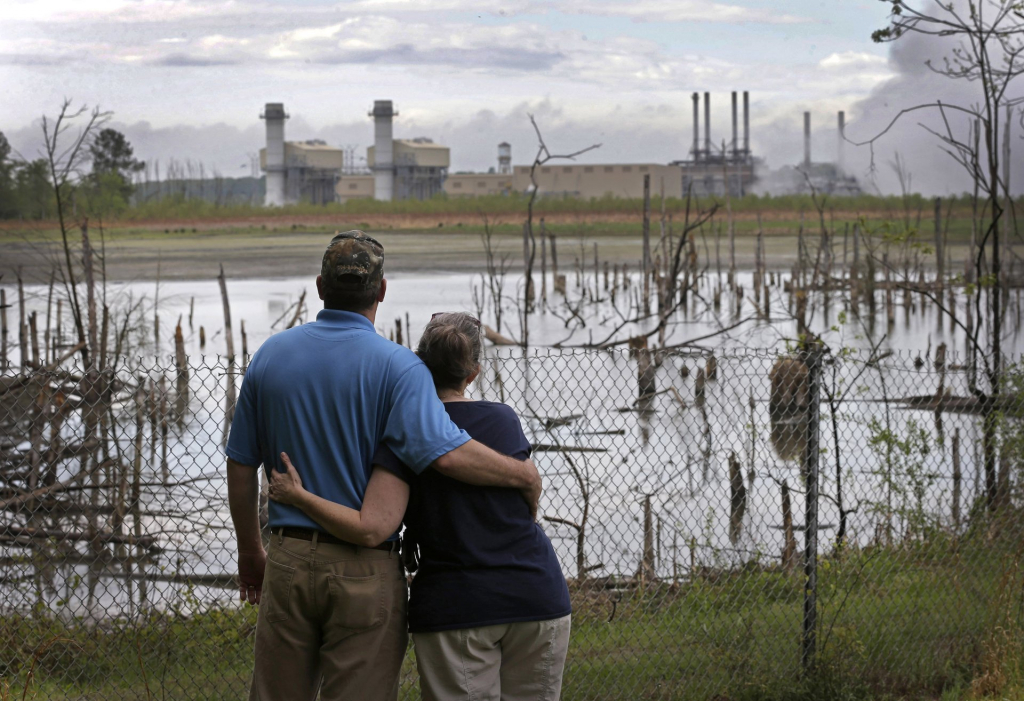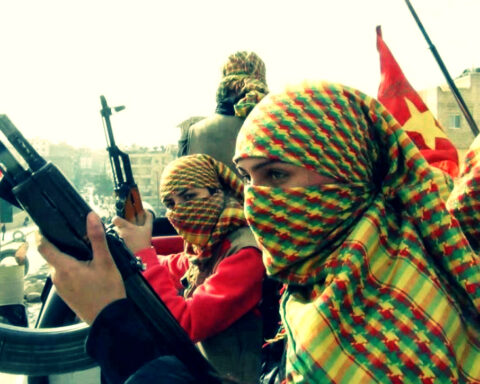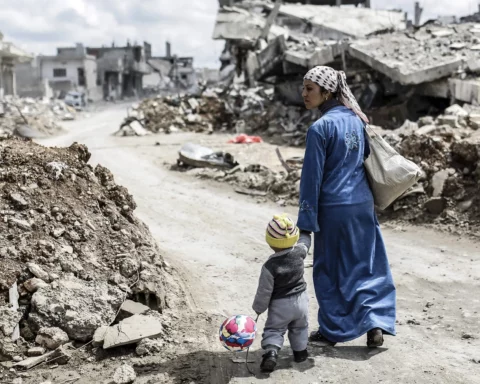For two thousand years, the peoples residing in Zomia — the mountainous region that stretches from the Central Highlands of Vietnam to northeastern India — have fled the organized state societies in the valleys. Far from being ‘remnants’ left behind by civilizing societies, they are “barbarians by choice”, peoples who have deliberately put distance between themselves and lowland, state-centers.
James Scott, director of the Agrarian Studies Program at Yale University, tells the story of the peoples of Zomia and their unlikely odyssey in search of self-determination.
The event was Cornell’s eighth Frank H. Golay Memorial Lecture.
____________________________________
You can READ the book The art of not being governed : an anarchist history of upland Southeast Asia – by Scott, James C here:
https://law.yale.edu/system/files/documents/pdf/Intellectual_Life/LTW-Scott.pdf
A book-length anthropological and historical study of the Zomia highlands of Southeast Asia by James C. Scott, first published in 2009.
Zomia is a new name for virtually all the lands at altitudes above roughly three hundred meters all the way from the Central Highlands of Vietnam to northeastern India and traversing five Southeast Asian nations (Vietnam, Cambodia, Laos, Thailand, and Burma) and four provinces of China (Yunnan, Guizhou, Guangxi, and parts of Sichuan). It is an expanse of 2.5 million square kilometers containing about one hundred million minority peoples of truly bewildering ethnic and linguistic variety. Geographically, it is also known as the Southeast Asian mainland massif. Since this huge area is at the periphery of nine states and at the center of none, since it also bestrides the usual regional designations (Southeast Asia, East Asia, South Asia), and since what makes it interesting is its ecological variety as well as its relation to states, it represents a novel object of study, a kind of transnational Appalachia, and a new way to think of area studies.
My thesis is simple, suggestive, and controversial. Zomia is the largest remaining region of the world whose peoples have not yet been fully incorporated into nation-states. Its days are numbered. Not so very long ago, however, such self-governing peoples were the great majority of humankind. Today, they are seen from the valley kingdoms as “our living ancestors,” “what we were like before we discovered wet-rice cultivation, Buddhism, and civilization.” On the contrary, I argue that hill peoples are best understood as runaway, fugitive, maroon communities who have, over the course of two millennia, been fleeing the oppressions of state-making projects in the valleys—slavery, conscription, taxes, corvée labor, epidemics, and warfare.
_______________________________________
More books about Anarchism in Void Network Library: https://voidnetwork.gr/library/
